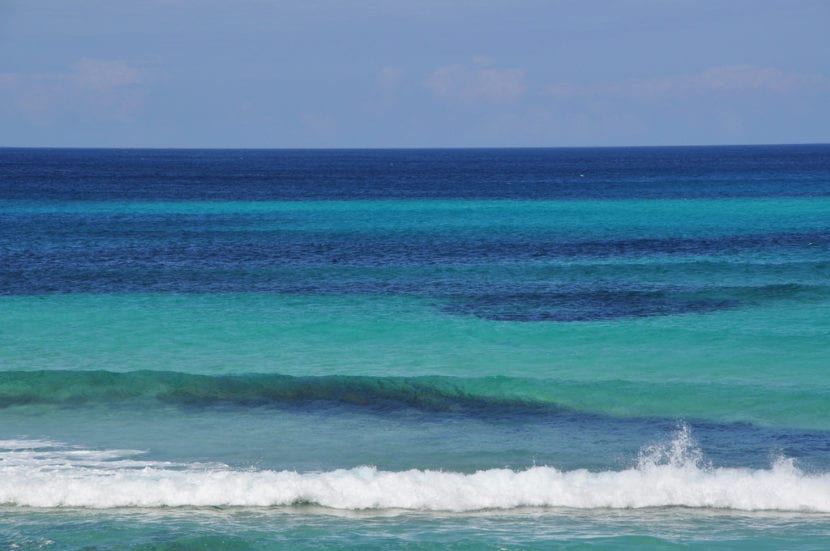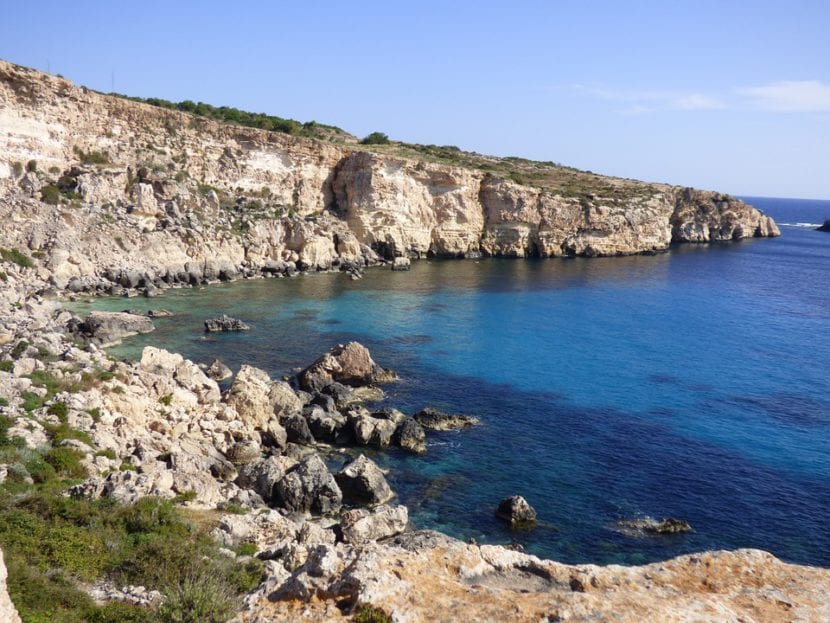
El Mediterranean Sea it has always been very vulnerable. Unlike others, like the Caribbean Sea for example, it is being fed by the Atlantic Ocean that passes through a strait, that of Gibraltar, of about 20km. If it were to close, something that already happened six million years ago, this sea would cease to exist. It is true that currently it is practically impossible for that to happen again, but the reality is that it is not without its problems.
A report carried out within the framework of the National Plan for Adaptation to Climate Change, which is being promoted by the Ministry of Agriculture and the Environment, reveals the effects that are already perceived in this part of the world, and their possible consequences in the short and medium term.
What changes are taking place in the Mediterranean Sea?
This sea begins to be different from the one we knew until now. Its characteristics are changing a lot. According to the report, the anomalies that are occurring are:
- The surface temperature is increasing between 0,2ºC and 0,7ºC per decade. At some points, such as the Columbretes Islands Marine Reserve, the rise is higher: 0,04ºC.
- Sea level is rising between 2 and 10 mm by year.
- Decrease in wave height (-0,08cm / year), which could be mainly caused by the lower swell during winter.
- Massive deaths. During hot summers, like 2003, when in many regions the sea surface temperature was 1ºC or higher, marine animals have a really hard time; in fact, the coral population of the species C. caespitosa, which lives in the Columbretes Islands, declined between 50 and 80% between 2003 and 2012.
- Appearance of non-native species, such as the red algae, whose origin is in the Indian Ocean but has reached the Mediterranean through the Suez Canal. But there are others, like the red-eared turtle or the lionfish (which, by the way, has poisonous quills).
- The jellyfish will proliferate. These animals are part of the Mediterranean summer, but as the sea warms up, they appear before that season even begins. In 2016, they were seen in the month of April.
What is expected to happen in the next few years?

If everything continues the same, the sea surface temperature around the Iberian Peninsula could rise between 2,5º and 3ºC from now until the end of the century. As for the sea level, it could increase around the 40 and 60cm as salinity also increases in the first 10m.
In addition, expected to acidify. And this is going to become a serious threat both for corals, as well as for other animals, such as whales, since their main food, krill, will be reduced.
You can read the report here.